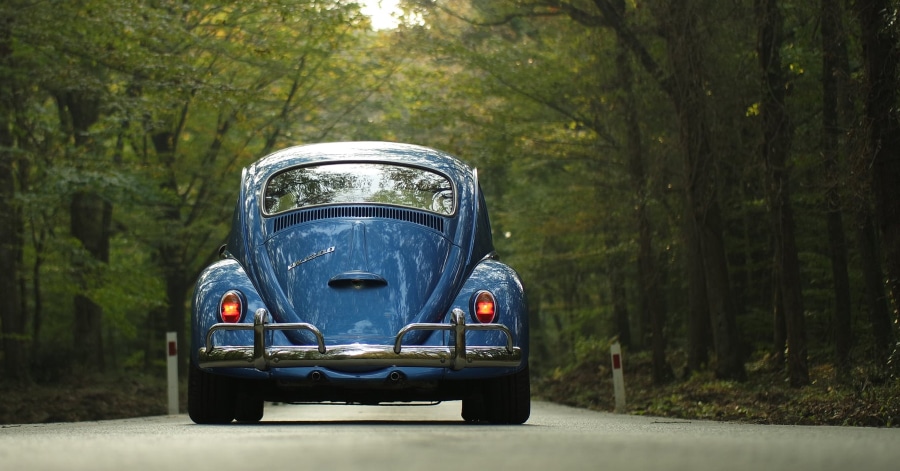Are Older Cars Less Expensive to Insure?

It’s a common myth to believe that older cars can save you money on your car insurance. Sure, they can but it depends on the type of insurance you carry as well as the type of car. In some cases, an old car may cost more to insure than a new car because of the many factors at play.
[sc_content_link label=”Get today’s insurance rates.” cat=”auto”]
The Factors to Consider
Your car insurance rates depend on more than just the type of car that you drive. In fact, it’s not just one factor that determines your rates. It’s like a big puzzle that you put together all at once. The largest factor is your driving history. What type of risk do you pose? For example, if you have a history of multiple accidents, you are a high risk for insurance companies and your premiums will reflect it. If you don’t have a history of car accidents or tickets, you may not be as high of a risk and will be rewarded with lower premiums.
Other factors that affect your premiums include:
- The likelihood of your car being stolen – Even older cars are at risk for theft, which may mean higher car insurance rates. In fact, new cars are often a lower target for thieves because of advanced technology that often includes anti-theft devices. Older cars are often easier for thieves to break into as well, making them a higher risk for theft. This could mean higher car insurance premiums.
- The make and model of the car – Insurance companies want to know what it would cost to repair your older car. Are the replacement parts expensive or hard to get? If so, your premiums may increase because a claim on your car could cost the insurance company a pretty penny.
- The safety precautions on the car – What type of safety precautions does the car have? Are there working airbags? Is there an anti-theft system installed? Any safety features may help lower your premiums, which is why newer cars may have lower premiums.
- Where you live – Some areas have higher risks, such as theft, which automatically make the insurance premiums higher. There’s not much you can do about this factor, so lowering your other risks is important to keep your premiums low.
[sc_content_link label=”Shop and compare insurance quotes.” cat=”auto”]
The Type of Coverage
What really controls the cost of your insurance premiums is the type of coverage you have. You can insure an older car that is barely worth anything with the top of the line insurance with all of the bells and whistles and pay more than your neighbor with a brand new car. Some of the types of coverage to consider include:
- Liability coverage – Most states require liability coverage at a minimum. This helps cover the cost of damage you cause to others. This coverage doesn’t depend on the age or type of car – any car can cause serious damage to property and other people.
- Medical payments coverage – If your car isn’t equipped with high tech safety features, you may want to invest in medical payments coverage. This covers your medical costs, not the costs of others that suffer injuries in the accident.
- Comprehensive coverage – This covers any damage to your car that occurs outside of an accident. Things like theft or vandalism are included in this coverage. Basically anything not collision related is included.
- Collision coverage – This coverage covers the cost to repair or replace your vehicle. This is one area that if you do have an older care, you may want to skimp since the value of your car may not be worth the premiums you pay.
The bottom line is that older cars may or may not be less expensive to insure. It depends on the type of coverage, the type of car, and your driving habits. If you have good driving habits and the car you drive doesn’t have a high chance of theft or other issues, you may pay less than you would for a new car. The only way to tell for sure is to get quotes from a few agents to see the average premiums you would pay.
[sc_content_link label=”Get the right insurance coverage.” cat=”auto”]
